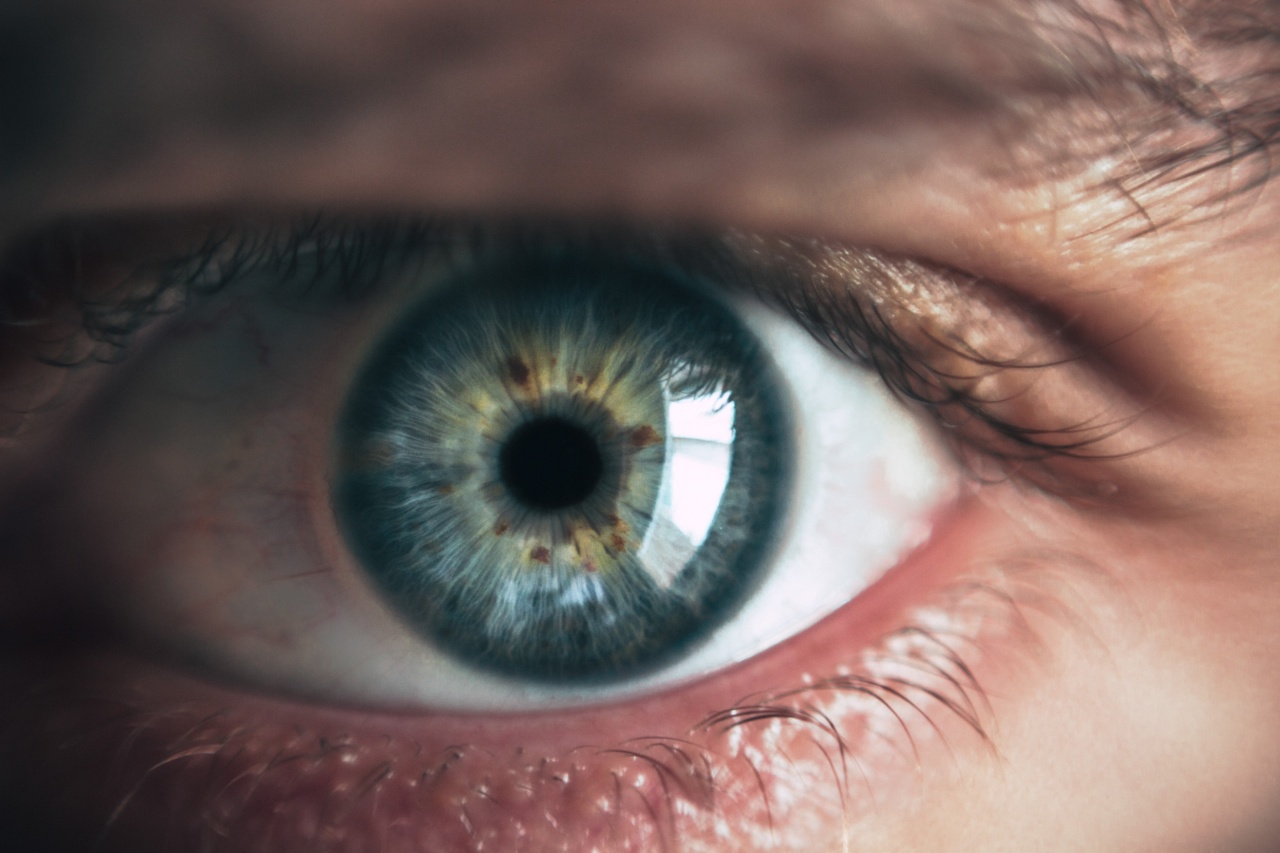The Pan-European Retina Conference is an annual event where leading ophthalmologists and researchers from across Europe come together to discuss the latest advances in the diagnosis and treatment of retinal diseases.
In this year’s edition, held in Berlin, five eye conditions were approved for treatment with new therapies that promise to improve the vision and quality of life of affected patients.
Age-related macular degeneration (AMD)
AMD is a common cause of vision loss in people over 50 years old. It results from the progressive degeneration of the macula, a small but vital part of the retina that allows us to see fine details and colors.
The approved treatment for AMD is an intravitreal injection of anti-vascular endothelial growth factor (VEGF) agents, such as ranibizumab, aflibercept, or bevacizumab. These drugs block the abnormal growth of blood vessels that occur in the retina in AMD, reducing the risk of leakage, bleeding, and scarring that can damage the macula.
Injection frequency and dosage may vary according to the severity and progress of the disease, but most patients need regular follow-up appointments to monitor their response to treatment and adjust it if necessary.
Diabetic retinopathy (DR)
DR is a complication of diabetes that affects the blood vessels in the retina, causing fluid leakage, bleeding, and abnormal growth.
Early stages of DR may not present any symptoms, but as the disease progresses, patients may experience blurred vision, dark spots, or total vision loss. The approved treatments for DR include laser photocoagulation, intravitreal injections of anti-VEGF agents, and corticosteroids. Laser photocoagulation rapidly destroys the damaged blood vessels and seals the retina, preventing further damage.
Anti-VEGF agents reduce the growth of new blood vessels and improve the absorption of fluid and blood in the retina. Corticosteroids have an anti-inflammatory effect that can reduce swelling and improve visual acuity in some patients. Each treatment has its benefits and risks, which should be assessed individually by the ophthalmologist.
Rare inherited retinal diseases (IRDs)
IRDs are a group of genetic disorders that affect the structure and function of the retina, leading to severe vision impairment and sometimes blindness. They can be caused by mutations in hundreds of different genes, which makes treatment challenging.
However, recent advances in gene therapy and RNA interference offer new hope for some IRDs. The approved treatment for IRDs is Luxturna, a gene therapy that delivers a functional copy of the RPE65 gene to retinal cells, restoring their ability to convert light into electrical signals that the brain can interpret.
Luxturna is a one-time injection that has shown significant improvement in visual acuity and sensitivity in clinical trials, and has been approved by the FDA and the EMA. However, its high cost and limited availability pose challenges for widespread use in the near future.
Infectious uveitis
Uveitis is an inflammation of the uvea, the middle layer of the eye that supplies blood and nutrients to the retina.
It can be caused by infections, autoimmune disorders, or other factors, and can lead to severe visual impairment if not treated promptly. The approved treatment for infectious uveitis is sustained-release intravitreal implants of fluocinolone acetonide, a corticosteroid that reduces inflammation and prevents the recurrence of uveitis.
The implants release the drug slowly over a period of up to three years, reducing the need for frequent injections and improving patient compliance. However, they also pose a risk of cataract, glaucoma, and infection, which should be carefully monitored by the ophthalmologist.
Retinal vein occlusion (RVO)
RVO is a blockage of the small veins that drain blood from the retina, causing fluid accumulation, bleeding, and damage to the surrounding tissues.
It can occur in any age group, but is more common in people over 50 years old who have other risk factors such as hypertension, diabetes, or glaucoma. The approved treatment for RVO is intravitreal injections of anti-VEGF agents such as ranibizumab or aflibercept, which reduce the growth of new blood vessels and improve the absorption of fluid and blood in the retina.
The injections may need to be repeated monthly or as needed, depending on the response to treatment and the progression of the disease. Other treatments such as laser photocoagulation, corticosteroids, or vitrectomy may also be considered in some cases, but their efficacy and safety may vary.




























